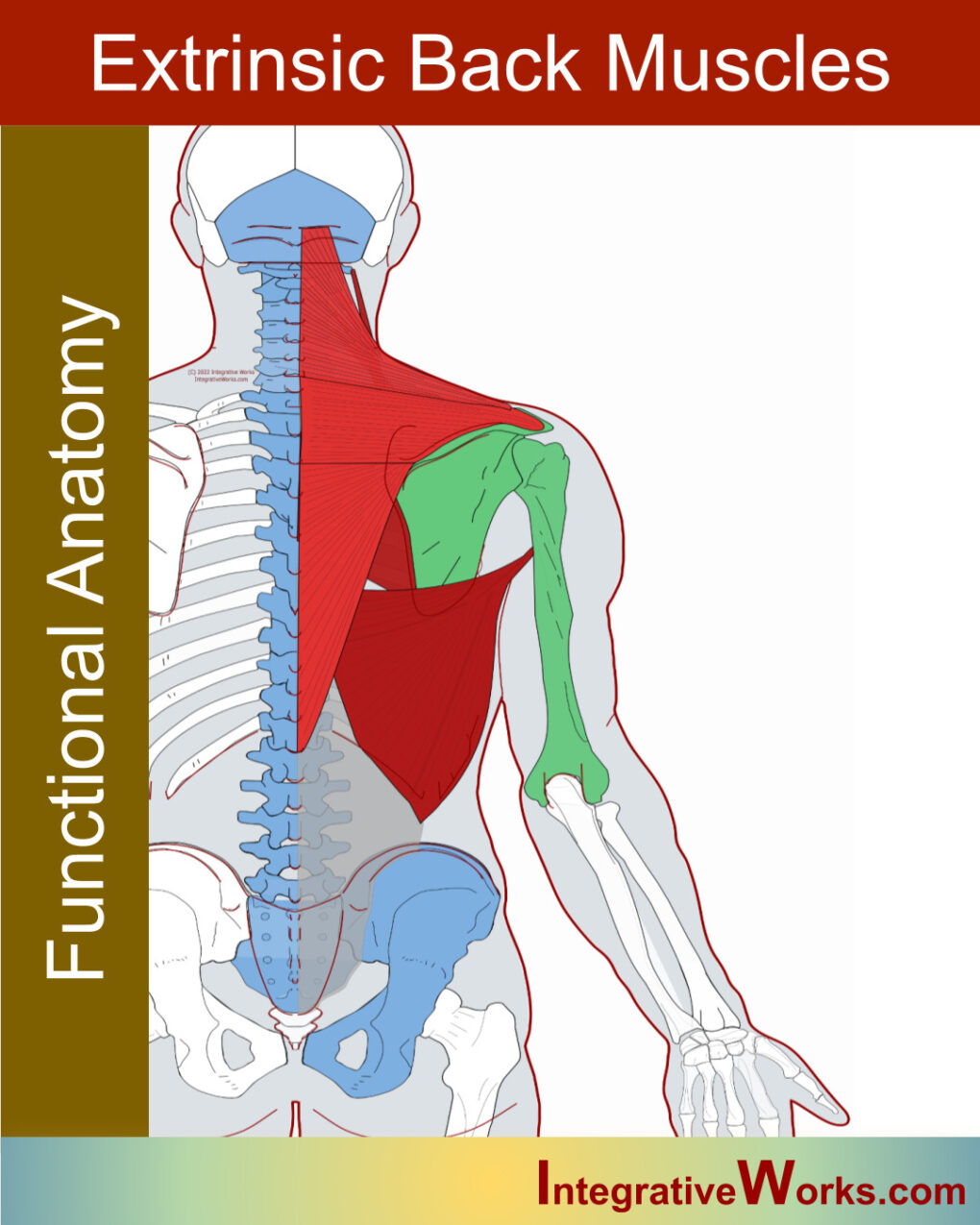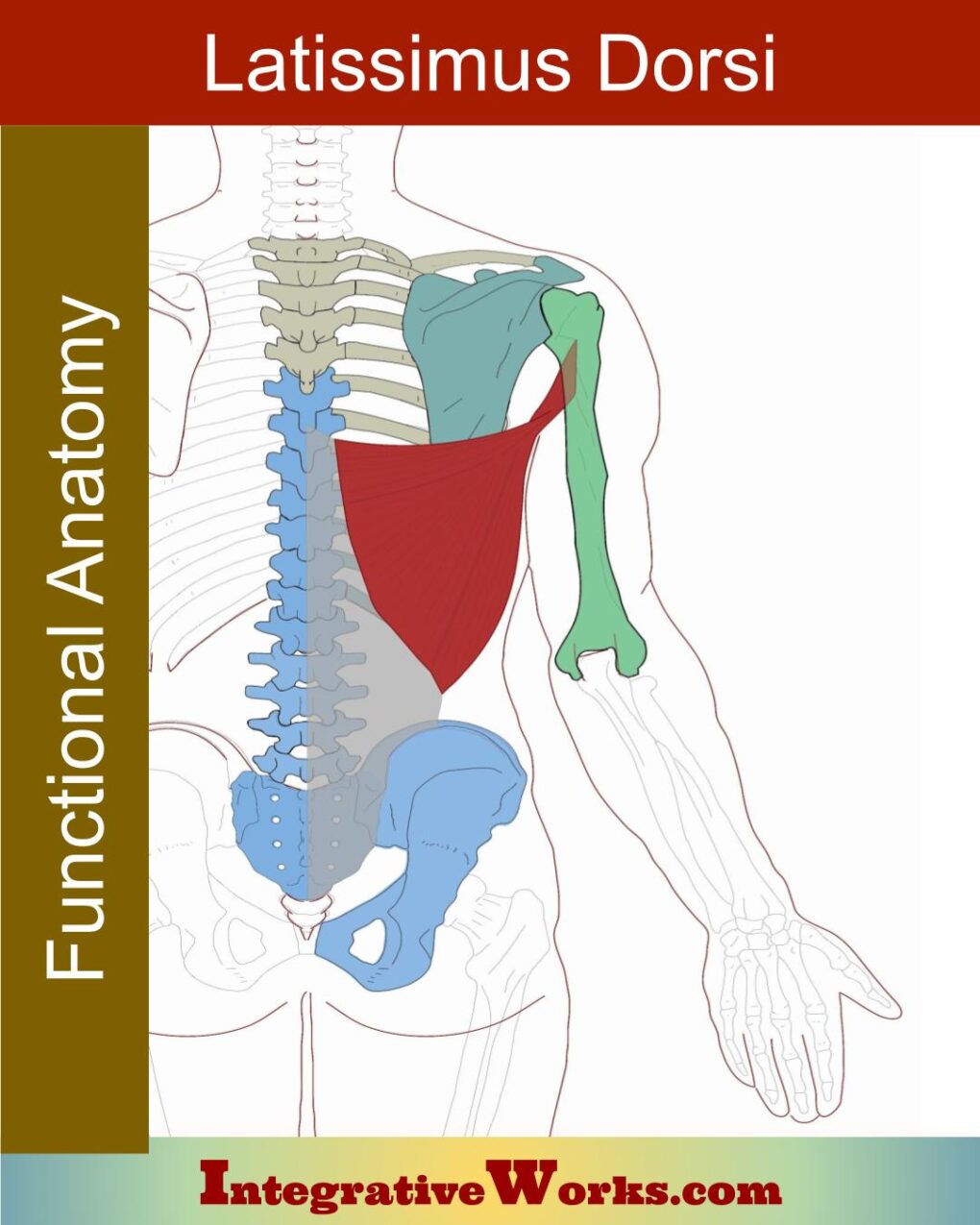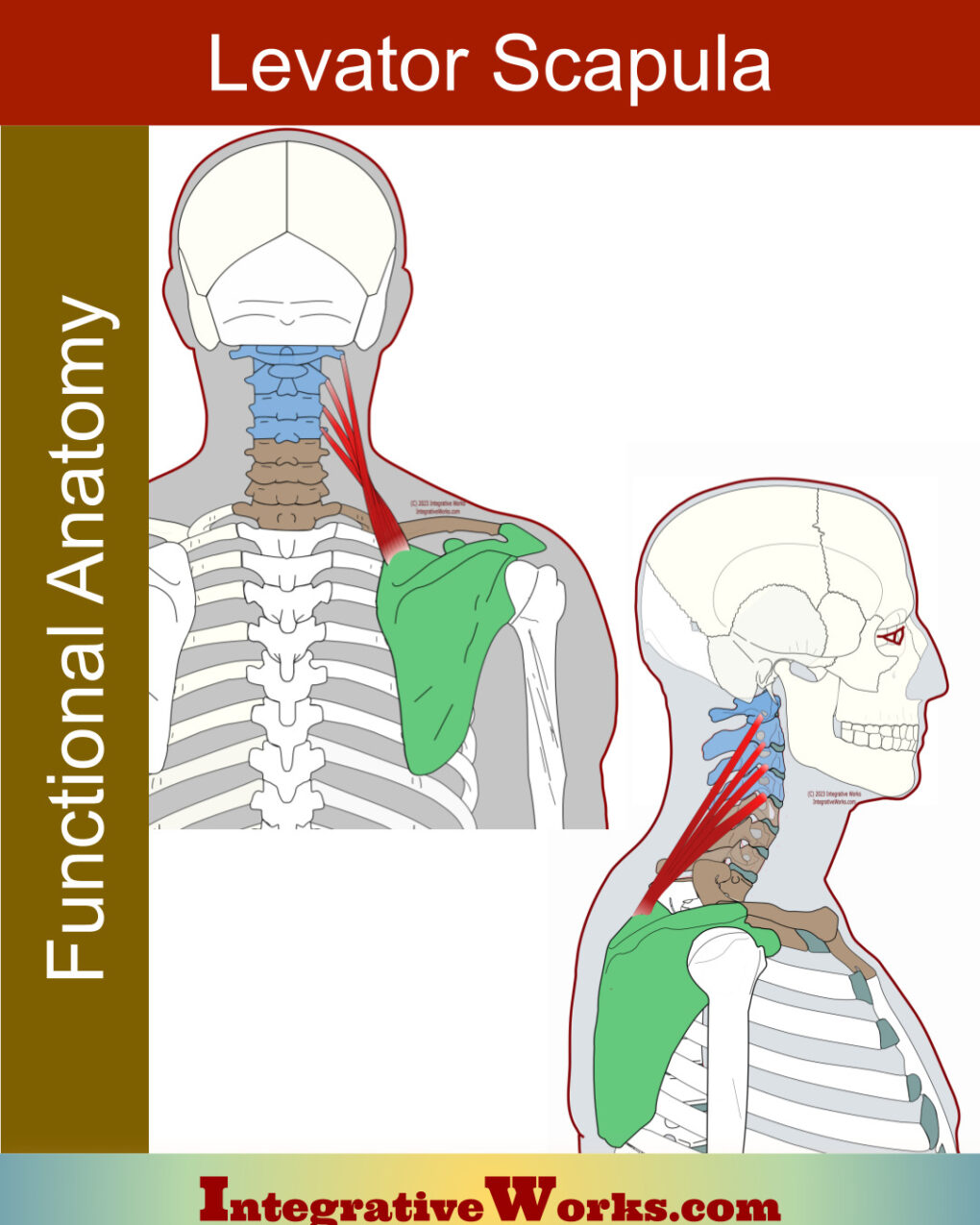Extrinsic Back Muscles – Functional Anatomy
Overview Origin Insertion Function Innervation Labored Breathing In labored breathing, extrinsic back muscles stabilize and retract the scapula. This allows the deep extrinsic chest muscles to expand the rib cage and increase breathing capacity. Extrinsic back muscles are typically less variant than other muscles. However, the levator scapula muscle has a high percentage of variability. […]





